How to Start a Homestead Without Land

Figuring out how to start a homestead between your 9 to 5 or in the margins of evenings and weekends used to overwhelm me. Yet, while we currently live in a townhouse in the city, I've already started to learn homesteading skills.
I want to show you how to transform your home, kitchen, meals, and mindset so that your homestead dream starts becoming a reality.
1. Kerosene heaters
Here in the Northeast, we're in the throes of winter, and the cold has set in. A few years ago, I thrifted several kerosene heaters, which were quintessential farmhouse appliances for nearly a century before power line infrastructure and cheaper electrical costs halted their use.
I find them to be excellent supplemental non-electrical heat sources that put out more heat than propane, and it doesn't require tools or complicated diagrams to maintain or change the wick.
So if you're looking to keep your patio in use long after the summer season, make a cool room toasty without the expense of heating the entire house, or just ensure that you're prepared for winter power outages, check out my full video tutorial about these heaters, which allow you to have a piece of history in your home that's both practical and decoratively pleasing.
2. Craft tools
One thing I'm learning from my homestead journey is that newer isn't always better, so I regularly shop thrift, antique, and scour online yard sales for craft tools that were built to last generations. I recently purchased a pre-loved Squeezo manual tomato strainer from a US company that hasn't changed the design in the 100 years they've been in operation.
I had a couple of minutes to peruse through this edition of the manual, and I love it. It is confirmed for me that this was definitely a good find because the first page is titled The Romance of the Squeezo. You have all of these amazing recipes, like basic tomato sauce and dehydrating with the Squeeze-O strainer. This doesn't look too complicated to put together.
Even my wall-mounted cast iron coffee grinder is over a century old. The utility and enjoyment these items bring don't come with the angst of modern gadgets that may only last you a few years. In many cases, older items are more sustainable and budget-friendly purchases.
3. Pantry staples
Stocking the pantry full of broths and stocks, especially beef bone broth, using the knuckle bones and feet of a cow or veal is a great way to use your vegetable scraps and meat carcasses to provide a nutrient-dense and flavorful pantry staple.
If you're looking for a beginner-friendly canning recipe that doesn't require special equipment, you've got to try canning honey orange slices. You'll get so many uses out of them, whether it's for breakfast, lunch, dinner, dessert, or in beverages. They are delicious, and yes, even the rinds are edible.
4. Mindset shift
A mindset shift I've adopted when it comes to sourcing your own food when you have limited, or no land is to take steps that allow you to be increasingly less reliant on the commercial food system. To me, this has looked like trimming out products that aren't single ingredients or whole fruits, vegetables, or dairy.
Instead of purchasing bottles of condiment snacks or packaged items, I've learned to make many myself. It isn't hard. Once you have an arsenal of glass jars and bottles and go-to recipes that you can build on, you'll be well on your way.
5. Fermentation
While canning is my favorite method of food preservation, fermentation is a close second. I love the convenience of being able to purchase in-season produce and, often within minutes and without even turning on the stove, being able to create my own probiotic-rich, shelf-stable krauts, kimchi, sauces, and sides.
The book Fermented Vegetables by Kristen and Christopher Shockey is the ultimate kitchen companion and shows you how to ferment over 64 vegetables.
Be sure to check out my fermentation playlist to learn how to make fermented celery stuffing which is the best way to keep your celery crunchy for months, and a delicious chipotle kale and collard kraut, which doesn't look or smell like a ferment along with a mild kimchi ferment that pairs perfectly with a salmon sandwich.
6. My fridge
Over time, the collection of skills I've learned has enabled me to have a mostly from-scratch fridge. The satisfaction you'll have when you open your fridge or pantry door and reach for items you've had a hand in growing, making, or preserving is truly priceless.
How to start a homestead
Learn how to start a homestead, and start living your homestead dream now. Start with small steps because, over time, you'll realize that they are moving you closer to your dream.
What are you doing to make your homesteading dreams come true? Share your experiences and tips in the comments below.


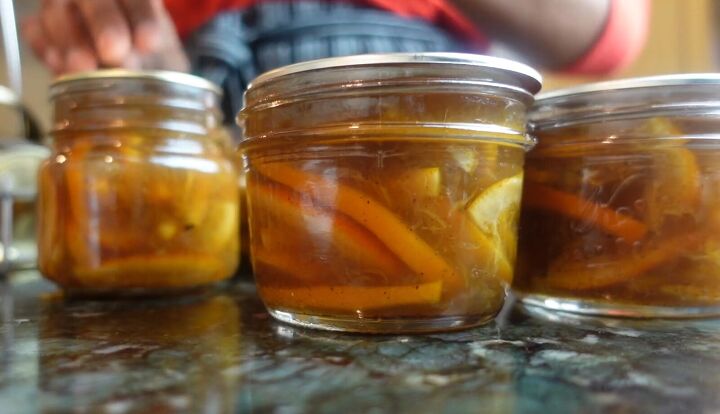




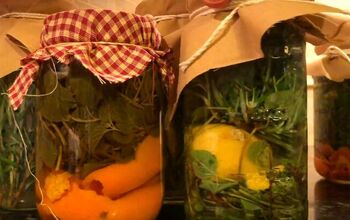

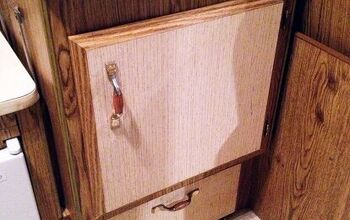

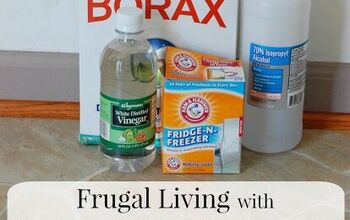
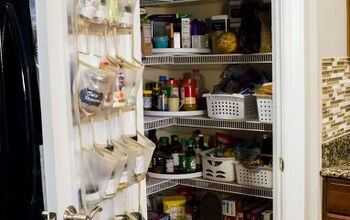

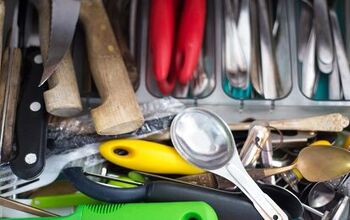
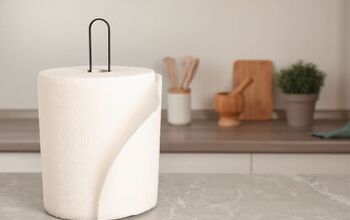

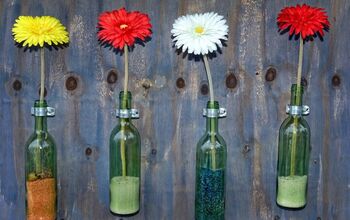






Comments
Join the conversation